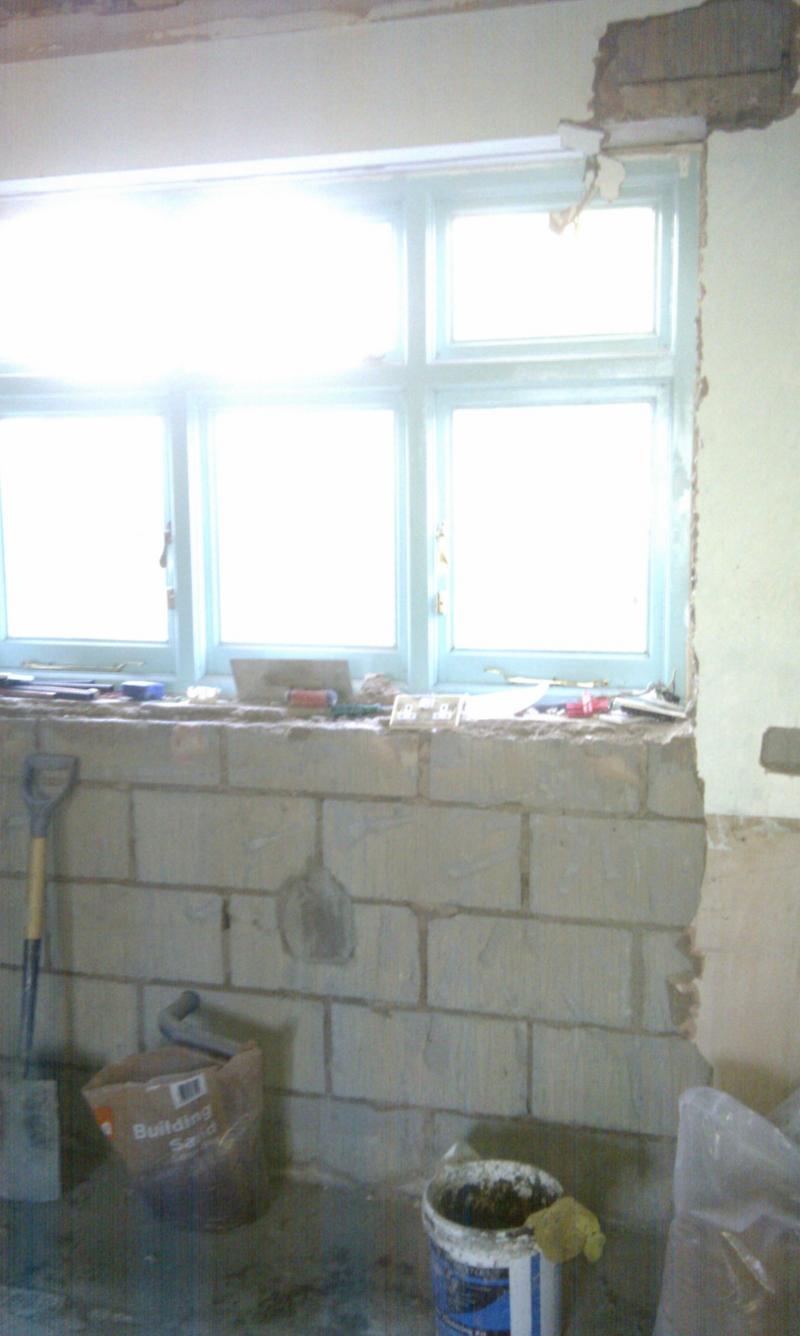Hi, I am replacing an existing window with a patio door. The width is the same so the lintel thats in place will remain and all I will do is remove the brickwork below existing window to fit the door.
The problem I have is that the doors are 2100 in height and if I install them with the top meeting the lintel then this will create a high threshold.
Therefore I want to install door at a lower height and this will leave a gap of approx 100mm between new door frame and existing lintel. I dont really want to touch the existing lintel so what options do I have to fill this void?
I have attached a picture to show the lintal in place.
Thanks
The problem I have is that the doors are 2100 in height and if I install them with the top meeting the lintel then this will create a high threshold.
Therefore I want to install door at a lower height and this will leave a gap of approx 100mm between new door frame and existing lintel. I dont really want to touch the existing lintel so what options do I have to fill this void?
I have attached a picture to show the lintal in place.
Thanks


